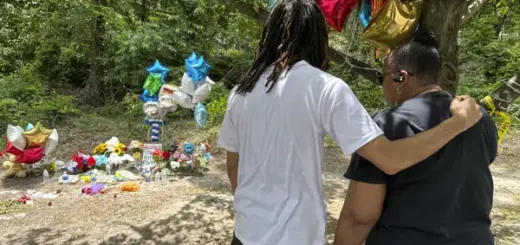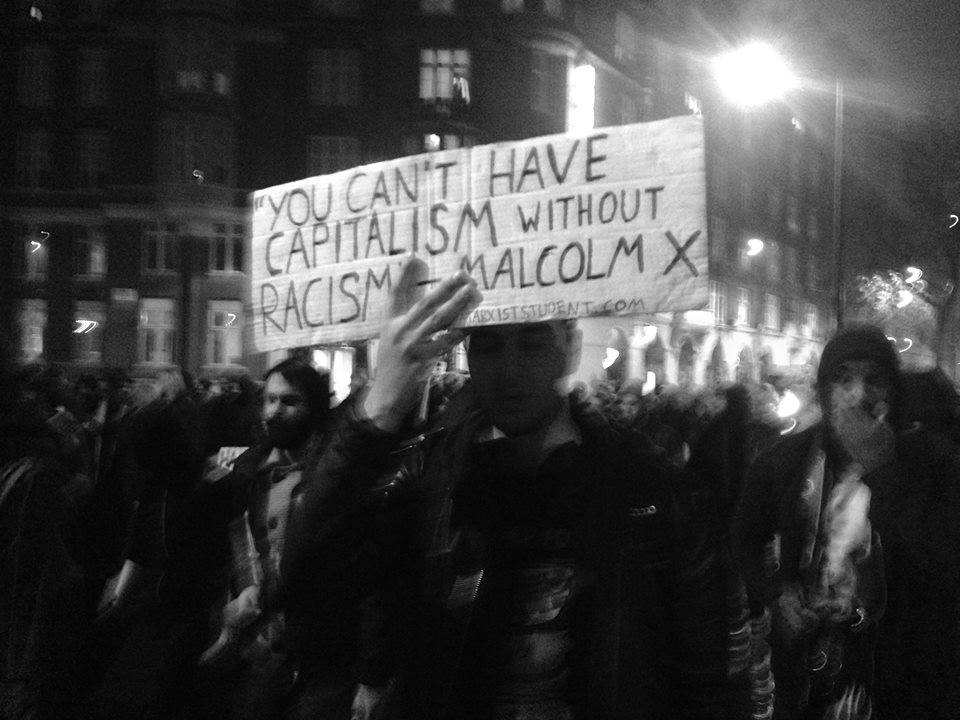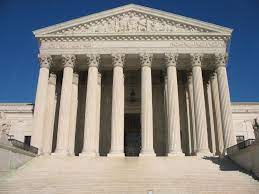Urban Planning and the Building of a New Society

Professor at University at Buffalo
The task facing survivors of a nuclear holocaust in the United States is not simply to rebuild society, but to construct a new civilization based on social, racial and economic justice. The realization of this task requires more than reconstructing a replica of the old society. That world was a deeply flawed one characterized by racism, classism, misogyny, homophobia, hyper-privatization and the maldistribution of wealth, needless poverty, unnecessary hardship, ghetto-slums, mass incarceration, premature death and injustice. The type of cities, suburbs and economy built for inhabitation played a critical role in shaping the differential existence that produce exclusivity, inequity, inequality and injustice among the people.

Photographer: Meredith Forrest Kulwicki
The survivors can and must do better. But this will require imagining a different possible world. A society that is more just, equitable, and inclusive than the old one. And, it will also require having the capacity and the tools to design, plan and build that alternate world. This is where and why urban planning comes in. Urban Planning is not only essential, it is indispensable.
My discipline is preeminently positioned to play a leading role in the building of a just society. Why is this the case? The development of any society requires construction of a built environment in which people live, establish social relations, create community, and produce their civilization. The built environment, however, is not benign. It is a place that plays a significant role in shaping the lived experience of people; it dictates everyday life and culture and determines one’s life chances and socioeconomic fate.
The built environment does not function as a passive backdrop to everyday life and culture. Rather, it is a dynamic, interactive place that acts on people and people act on it. Thus, the cities, suburbs, and urban places in which we live, work, and play can either obstruct and retard one’s life chances, or enhance and bolster them. For these reasons, the construction of the built environment is always contested. And if people cannot imagine a different possible world, they will wittingly or unwittingly recreate the old one. So, the just city will never spontaneously emerge. It must be intentionally built, and progressive urban planners have the capacity and vision to work with others to create such a place.
The building of the just city, then, requires a participatory planning process that aims to coproduce the built environment. This social justice approach makes it possible to actively engage the masses in all phases of the planning and development process. Moreover, it conceptualizes conflict as the force that drives the production of good ideas. This participatory method of planning undergirds the quest to build the just city.
The just city framework calls for the building of beautiful, inspiring, and nurturing places that facilitate individual and communal well-being and that allow people to become the best that they can be. The development of such delightful places is based on an interactive process where images, symbolic representations, and fantasies based on the lived experience of the masses are conjured up and used to imbue the urban environment with delightful visual images and to create interactive public spaces that promote the flow and mingling of everyday people.
Another critical dimension of building the just society is the design, planning and construction of functional neighborhoods and communities. This element requires conceptualizing all neighborhoods as purposeful socio-spatial units that are owned and controlled by the inhabitants. Such places must have good housing, quality schools, health clinics, financial institutions, grocery stores, recreational centers, and social service institutions embedded in them. These institutions and services must be affordable, accessible and accountable to the residents. The key to achieving this goal is to de-commodify residential space and transform neighborhood land into a communal property that is owned by the residents.
These functional neighborhoods represent the foundation upon which the just city is built. Urban planners have also learned that neighborhood inequality and spatial injustice are the cornerstones of unjust racist societies. Such societies exist, in part, because their market economies produce racially-based wealth disparity, and neighborhood inequality. Thus, building the just city requires paying special attention to communities where vulnerable population live and establishing policies that ensure that these communities will have the resources and technical support required to develop and prosper.
Finally, progressive urban planners deal with the question of political economy and its role in the development of the just city. In the old society, the market economy engaged in global competition for market domination, placed profits over people and spawned exclusivity, racism, classism, misogyny, homophobia, inequity and inequality. Therefore, in our new society, we must create an alternate economy based on internationalism, collective ownership of property and the close monitoring of market dynamics.
In closing, I ask that we remember why we are on this raft in the first place. There has been a nuclear holocaust, and such events are not natural disasters. They are man-made occurrences caused by social injustice, racism, wealth disparity, environmental disregard, exclusivity and animosity. Thus, the task of the survivors is to work with urban planners to imagine and build a fundamentally different but possible world, where people will have the best that humanity and technology have to offer.
Author Profile
Latest entries
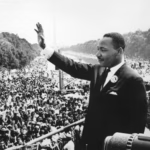 Henry Louis Taylor, Jr.01/20/2025Reflections on Martin Luther King, Jr.’s Dream
Henry Louis Taylor, Jr.01/20/2025Reflections on Martin Luther King, Jr.’s Dream Henry Louis Taylor, Jr.01/09/2025The Trump Inaugural Parade is a Political Event
Henry Louis Taylor, Jr.01/09/2025The Trump Inaugural Parade is a Political Event Henry Louis Taylor, Jr.05/04/2024The Occupation of Hayes Hall: Student Rebellions and Remaking the U.S. UniversityThe Occupation of Hayes Hall
Henry Louis Taylor, Jr.05/04/2024The Occupation of Hayes Hall: Student Rebellions and Remaking the U.S. UniversityThe Occupation of Hayes Hall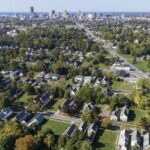 Henry Louis Taylor, Jr.03/21/2024Ryan’s infill housing strategy is the right plan for Buffalo
Henry Louis Taylor, Jr.03/21/2024Ryan’s infill housing strategy is the right plan for Buffalo

